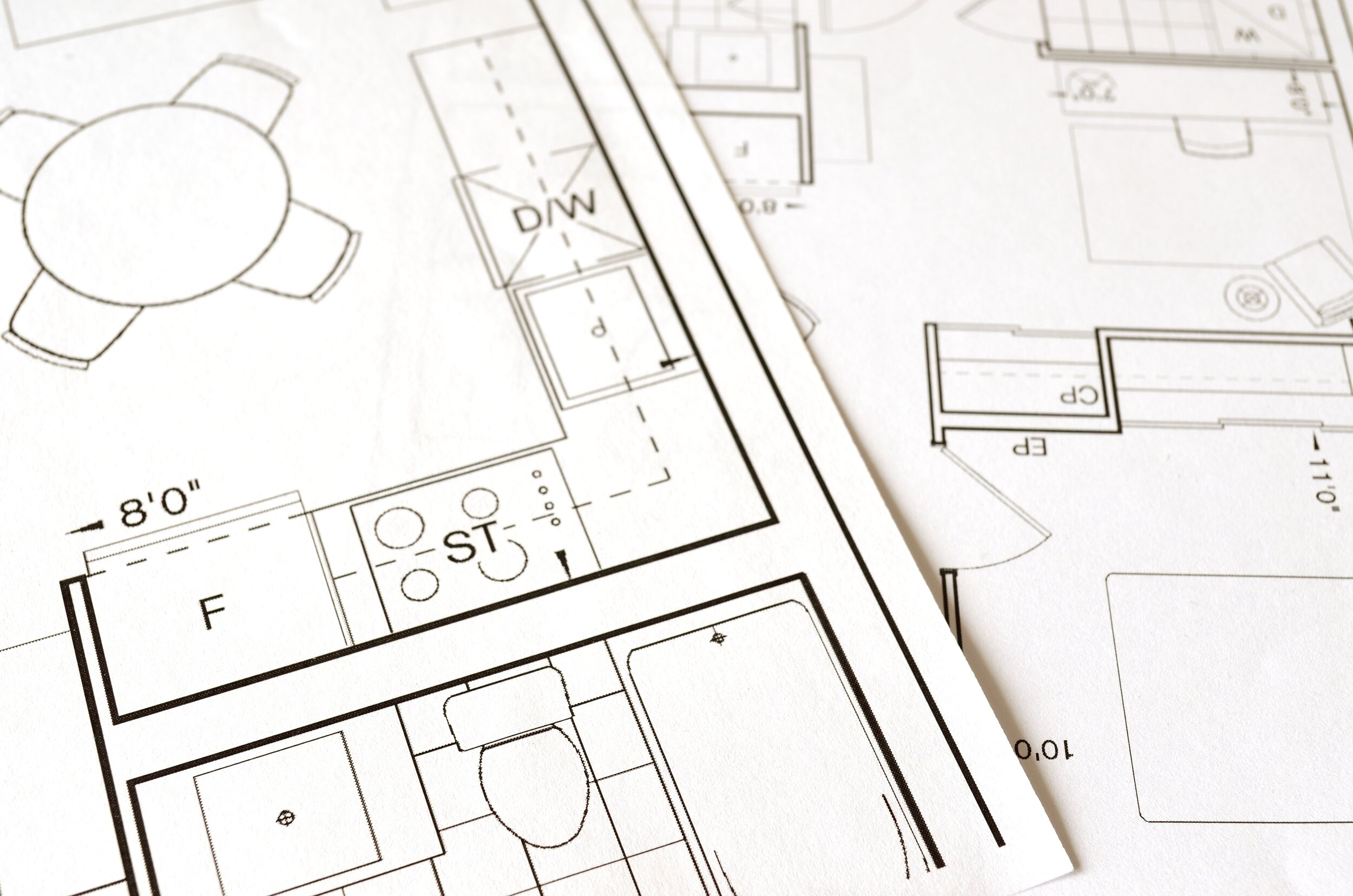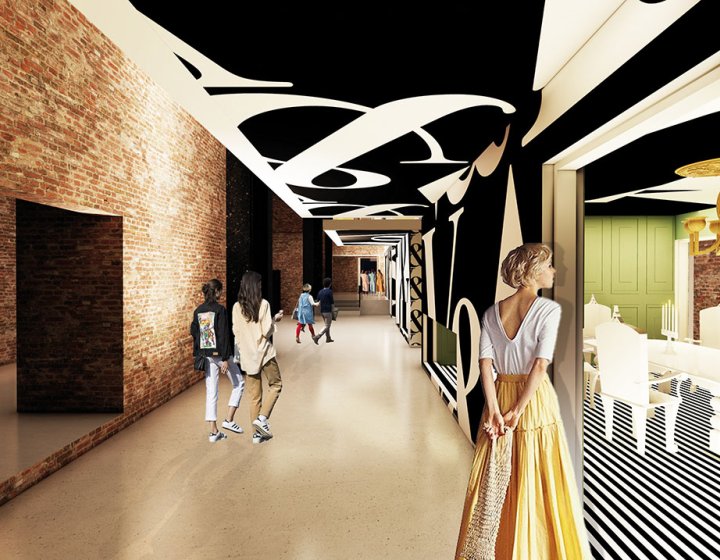The Art of Balance: Exactly How Interior Design and Home Engineer Collaborate for Stunning Results
In the world of home layout, striking a balance in between appearances and performance is no small feat. This fragile stability is achieved with the unified collaboration between indoor developers and designers, each bringing their special proficiency to the table. Stay with us as we explore the ins and outs of this collaborative process and its transformative influence on home style.
Comprehending the Core Distinctions Between Interior Decoration and Home Style
While both Interior Design and home architecture play crucial functions in developing visually pleasing and practical areas, they are inherently different techniques. Home design primarily focuses on the architectural facets of the home, such as developing codes, security policies, and the physical construction of the space. It manages the 'bones' of the structure, collaborating with spatial dimensions, load-bearing wall surfaces, and roof covering styles. On the various other hand, Interior Design is extra worried with improving the sensory and aesthetic experience within that framework. It includes choose and organizing furniture, choosing shade schemes, and including ornamental components. While they operate in tandem, their functions, responsibilities, and locations of expertise deviate considerably in the creation of an unified home setting.
The Harmony In Between Home Style and Interior Decoration
The harmony in between home design and Interior Design lies in a shared vision of layout and the enhancement of functional appearances. When these two fields straighten harmoniously, they can change a space from regular to extraordinary. This cooperation calls for a deeper understanding of each technique's concepts and the ability to produce a cohesive, cosmetically pleasing atmosphere.
Unifying Design Vision
Combining the vision for home design and interior design can develop a harmonious living space that is both functional and aesthetically pleasing. It promotes a collaborating technique where building components complement indoor design components and vice versa. Thus, unifying the layout vision is vital in mixing design and interior style for stunning results.
Enhancing Functional Appearances
Exactly how does the synergy in between home architecture and indoor layout improve functional aesthetics? Engineers lay the groundwork with their structural design, making certain that the space is practical and efficient. An architect might design a residence with large windows and high ceilings.
Value of Collaboration in Creating Balanced Spaces
The cooperation in between interior designers and architects is pivotal in developing well balanced areas. It brings harmony between layout and architecture, bring to life areas that are not only visually pleasing yet also functional. Exploring effective joint methods can supply understandings into just how this synergy can be properly achieved.
Balancing Design and Design
Equilibrium, a necessary element of both Interior Design and design, can only genuinely be attained when these two fields work in consistency. This harmony is not just an aesthetic consideration; it influences the performance, sturdiness, and ultimately, the livability of a space. Inside architects and designers need to understand each other's functions, value their experience, and interact efficiently. They need to take try this into consideration the interaction of architectural elements with decoration, the flow of spaces, and the influence of light and shade. This collective process leads to a natural, well balanced style where every aspect adds and has a purpose to the overall aesthetic. Integrating layout and design is not just regarding producing beautiful spaces, but about crafting rooms that work flawlessly for their inhabitants.
Successful Joint Strategies

Case Studies: Successful Integration of Style and Style
Analyzing numerous instance researches, it becomes apparent exactly how the effective combination of Interior Design and design can transform a space. The Glass Residence in Connecticut, renowned for its minimalistic sophistication, is one such example. Architect Philip Johnson and indoor designer Mies van der Rohe worked together to produce an unified balance in between the structure and the interior, leading to a smooth flow from the exterior landscape to the inner living quarters. An additional prototype is the Fallingwater House in Pennsylvania. Designer Frank Lloyd Wright and interior developer Edgar Kaufmann Jr.'s collaborative initiatives result in a stunningly one-of-a-kind residence that mixes with its natural surroundings. These study highlight the profound impact of an effective design and style cooperation.

Conquering Obstacles in Style and Style Partnership
In spite of the undeniable benefits of a successful cooperation between interior style and design, it is not without its obstacles. Designers might focus on architectural honesty and safety and security, while designers concentrate on comfort and style. Effective interaction, common understanding, and concession are critical to get over these challenges and achieve a harmonious and effective collaboration.

Future Trends: The Developing Relationship Between Home Architects and Interior Designers
As the globe of home design proceeds to develop, so does the partnership see between designers and interior developers. The trend leans towards a more integrated and collective technique, breaking complimentary from continue reading this conventional roles. Designers are no more entirely focused on architectural stability, but also participate in improving visual charm - Winchester architect. Alternatively, indoor designers are embracing technical aspects, affecting total format and capability. This developing symbiosis is driven by innovations in innovation and the growing demand for areas that are not just visually pleasing yet lasting and additionally useful. The future guarantees a much more cohesive, ingenious, and adaptive method to home layout, as designers and architects remain to obscure the lines, promoting a connection that absolutely embodies the art of equilibrium.
Conclusion
The art of equilibrium in home design is achieved through the unified collaboration between interior designers and architects. An understanding of each various other's techniques, effective communication, and shared vision are essential in developing aesthetically spectacular, functional, and inviting areas. In spite of challenges, this partnership promotes growth and technology in layout. As the relationship between home engineers and interior designers progresses, it will remain to shape future patterns, improving comfort, efficiency, and personal expression in our home.
While both interior style and home design play crucial duties in developing cosmetically pleasing and practical spaces, they are inherently various disciplines.The harmony between home style and indoor design exists in a shared vision of design and the enhancement of useful appearances.Unifying the vision for home design and indoor layout can produce a harmonious living area that is both practical and visually pleasing. Thus, unifying the design vision is important in mixing style and indoor style for spectacular results.
How does the synergy in between home architecture and indoor design enhance practical aesthetic appeals? (Winchester architect)